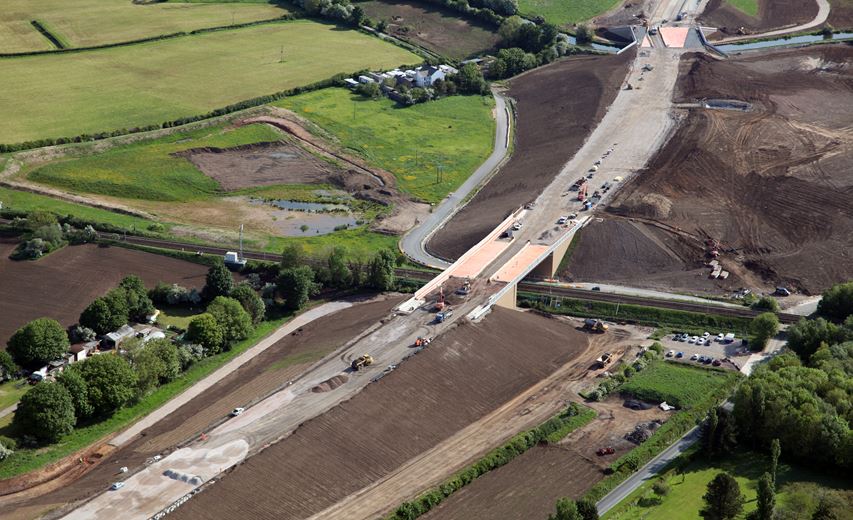The A66 Northern Trans-Pennine Project proposes to upgrade seven sections of single carriageway to dual carriageway along the A66 through the use of road widening, realignment and the construction of bypasses, with the aim of transforming the east / west connectivity across the Pennines in the north of England.
But, if you are affected by the scheme, is there anything that you can do to protect your interests?
What is the A66 Northern Trans-Pennine Project?
The A66 is a key route for east to west journeys in the north of England providing vital connections for freight, tourism and businesses across the UK, however the A66 isn’t up to modern standards. Drivers face congestion, delays at key junctions and substandard access to jobs and leisure locations.
The scheme proposes to improve and update the A66 so that the whole route is to dual carriageway standard. Highways England have noted that the benefits will be reduced congestion and delays, improved reliability time and a reconnection of communities along the route.
There are seven sections to the scheme:
- M6 junction 40 to Kemplay Bank (Option A – installation of underpass)
- Penrith to Temple Sowerby (Option C – road widening and creation of southern bypass)
- Temple Sowerby to Appleby – Kirkby Thore (Option E – creation of northern bypass)
- Temple Sowerby to Appleby – Crackenthorpe (Option H – creation of northern bypass)
- Appleby to Brough (Option I – road widening)
- Bowes Bypass (Option J – creation of northern bypass)
- Cross Lanes to Rokeby (Option K – creation of southern bypass)
- Stephen Bank to Carkin Moor (Option N – road widening and northern bypass)
Additional detail on the routes and proposals can be viewed online within the Preferred Route Brochure here
What are the next steps?
Highways England will be required to continually engage with local communities and local authorities both informally and formally in order to fine tune the route.
Highways England have confirmed that they will be applying for a DCO (Development Consent Order), a statutory instrument which is a means of obtaining permission for developments categorised as Nationally Significant Infrastructure Projects and will be contacting landowners to arrange access for environmental and archaeological surveys, which will enable them to make decisions concerning the exact route. [Find out more about survey rights in our article S.172 survey rights: compulsory purchase by another name? ]
At present, the exact details of the project timeline are unknown, however we would expect design development, public consultation and DCO application to all occur within the next 24 months with construction expected to commence in 2024/25.
Depending on your circumstances, you may also be able to claim Statutory Blight. Blight is when the value of a house, business or land is reduced because of the scheme and now that the preferred route has been announced, landowners with property or businesses that are wholly or partly within the redline boundary may be able to apply to Highways England requesting they purchase your property.
What can I do if I am affected by the A66 Northern Trans-Pennine Project compulsory purchase?
If you have been approached by Highways England as a potential landowner for access to undertake a survey, or as a landowner / property owner / business which may be impacted by the proposal or may be able to claim Statutory Blight, you can begin to take action to protect your interests immediately. Getting involved at an early stage will likely give you the best chance of shaping the project or securing compensation.
Carter Jonas has specialist compulsory purchase advisors, with experience across all asset types and sectors, who can help you at every step of the way.
Find out more about how we can help and our compulsory purchase claimant services here, or get in touch with the team.



